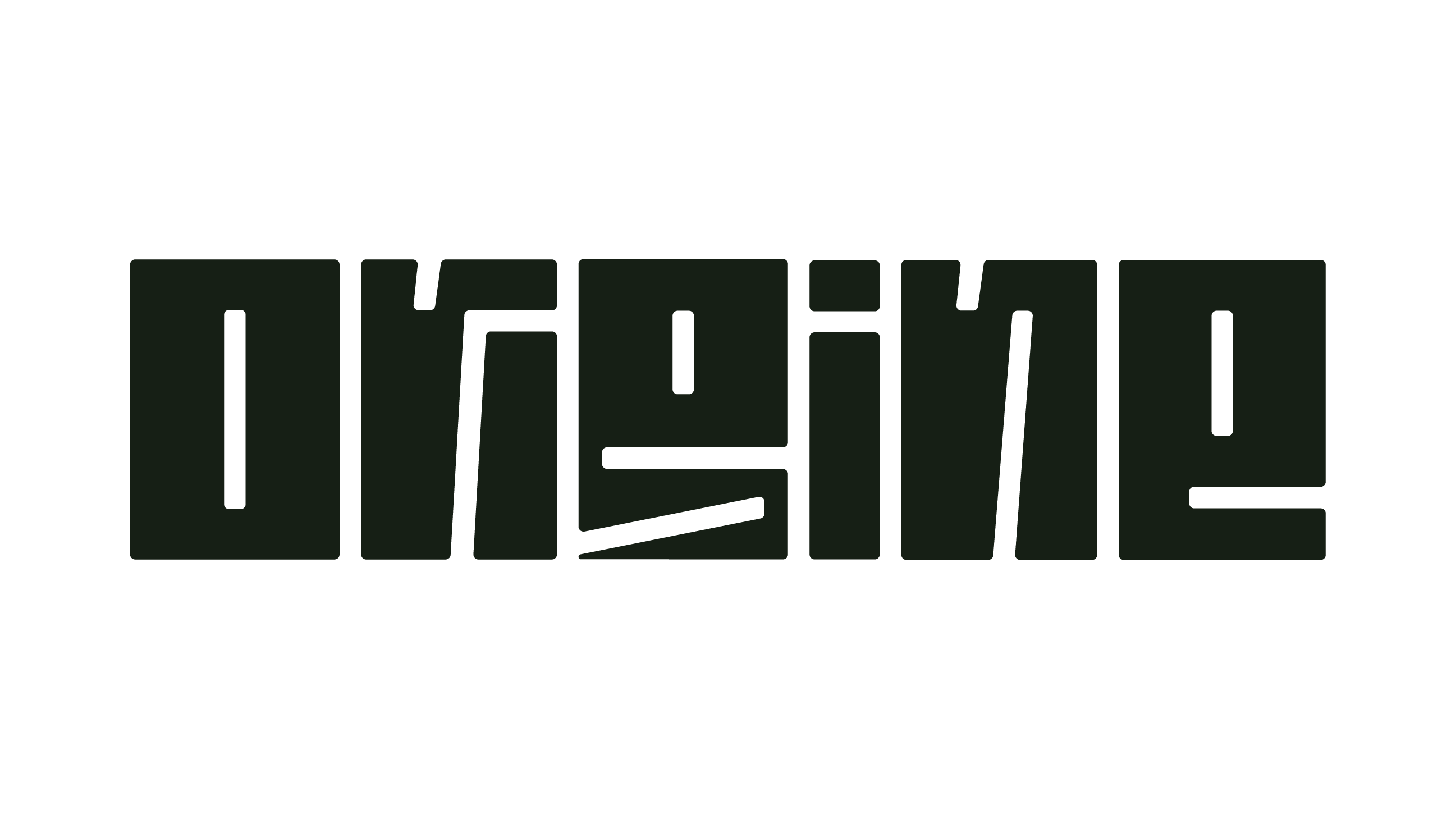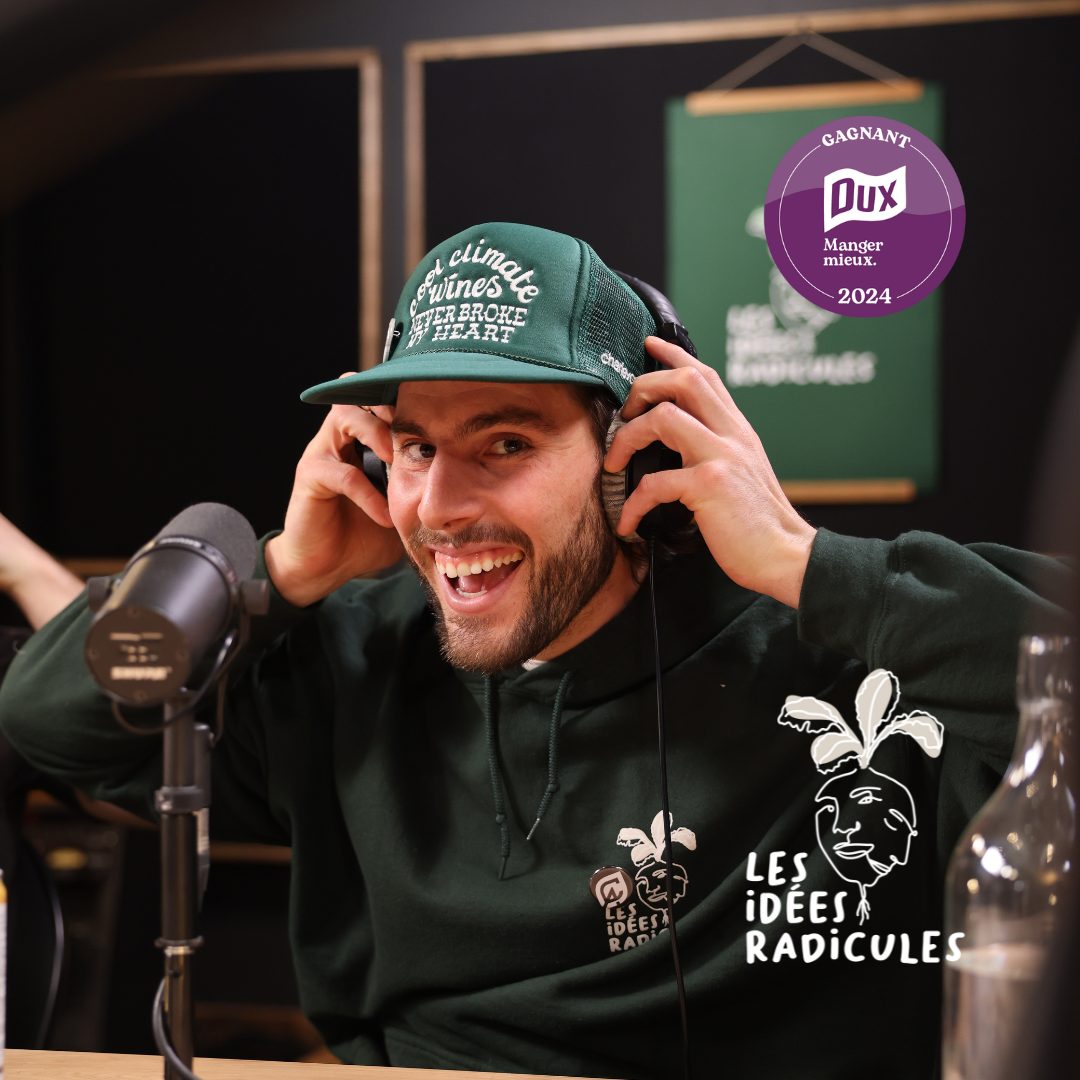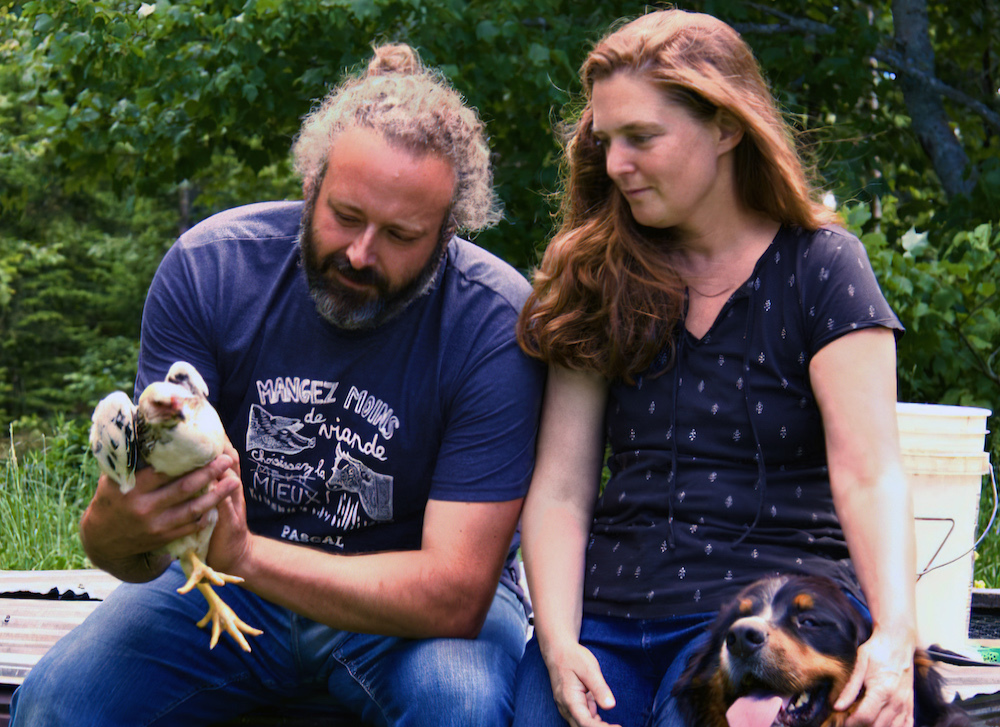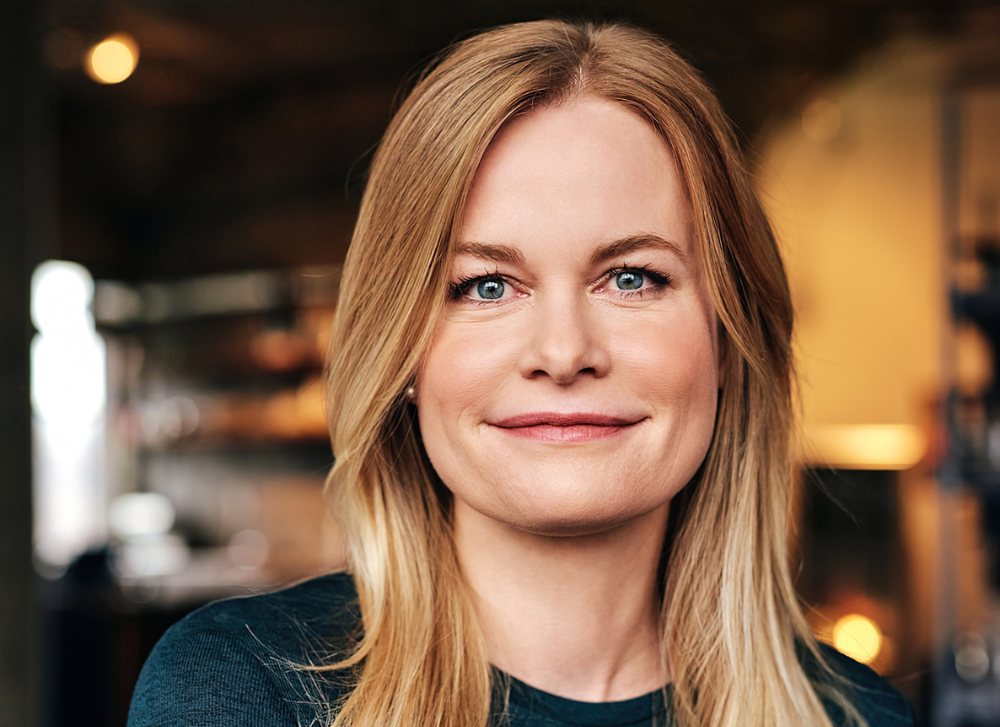Methane tracker
Southern Europe is burning, California is thirsty, Asia is drowning in the violence of monsoons and typhoons. Despite increasingly marked climate change on the planet, some continue to remain optimistic. This is the case of Jean-François Gauthier, vice-president of GHGSat.
On Saint-Laurent Boulevard, a stone's throw from At Schwartz’s , the company founded in 2011 by Stéphane Germain designs and develops high-resolution sensor and data collection technology. They are aimed at industries looking to reduce their carbon footprint. 500 km in space, moving in a polar orbit, its small satellites track and flush out methane leaks on earth.
Jean-François Gauthier, mechanical engineer in aerospace, says that on January 14, 2022, it was their instruments placed on board their space vehicles that detected the largest leak of CH 4 of an individual installation never seen by the firm. No fewer than 13 plumes spewed nearly 90 tons of methane per hour in Siberia, where Russia's largest coal mine is located.
GHGSat's cash cow is primarily the world's oil, mining and landfill sites. The fact remains that the agricultural sector is important.
In the United States alone, approximately 36% of methane emissions released into the atmosphere come from cow burps and manure management. This country's 26,586 feedlots generate very large quantities of this greenhouse gas, 28 times more potent than carbon dioxide (CO 2 ). Their detection is of interest to the Montreal firm whose spectrometers are designed in Quebec and the satellites assembled in Toronto. Thanks to its cutting-edge technology, the world leader in the field wishes to have a positive impact on the fight against climate change.
Moreover, last February, one of the six GHGSat satellites achieved quite a feat. Lurking in space, its lynx eyes provide an extraordinary resolution of 25 meters. He successfully measured the volume of burps and farts of an individual herd on a California farm. A first for this innovative technology. Better ! As the device can also be installed on planes flying ten times lower than satellites, good luck to the burps who want to escape its sensors.
In 2016, their first precious cargo was launched from the Satish-Dhawan space center in India. The second escaped gravity in French Guiana aboard an Ariane rocket. Subsequently, it was SpaceX, Elon Musk's space company, which put it into orbit from Cape Canaveral. At 43, Jean-François, who has dreamed of becoming an astronaut since he was this high, is in seventh heaven. Responsible for measurements coming from satellites and planes, he sees to the development of products to propel the company's growth.
“We have six new satellites under construction which will be launched in 2023. We are expanding our constellation to be able to cover more sites more frequently. Methane detection is one thing, but our next step is to move from detection to strategic initiatives. I am responsible for relations with governments and industries to ensure that we tackle this pollution in a concrete way. »
When asked where he would like to be in ten years, Jean-François, married and father of one child, answers straight away: “I see myself on Mars. There's a lot of methane! », he laughs. More seriously, he hopes that he will be able to transform the company in such a way that it truly makes a difference on a global scale. In these times of predicted disasters, we wish him success beyond his expectations. For his son and the descendants of all humanity.






